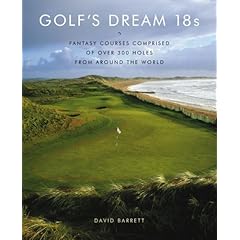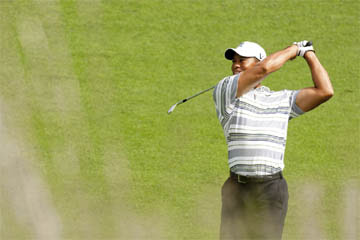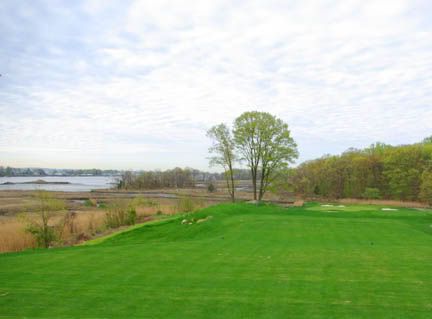Pound Ridge opened in mid-2008 to general oohs and aahs both for its tight, drama-filled layout and its steep greens fee of $235. The price to play can be lowered somewhat if you take advantage of various packages and deals, but you'll still need a bucket full of balls to make it through the round if you can't hit 'em straight.
Owner Ken Wang says,
"Our rating is a distinction that validates the exceptional commitment that Pete gave us when he agreed to craft Pound Ridge. My goal in bringing Pete into the project was to create a golf course for the ages, and I believe our high ranking validates that we have created something very significant at Pound Ridge."The course is truly unique for Westchester county, where more traditional designs by A.W. Tillinghast, C.B. Macdonald, Devereux Emmet, and Seth Raynor tend to dominate. Dye blasted thousands of tons of rock to carve the fairways, then used the debris to build walls buttressing the landscape. He also left the odd hillock, boulder, and hundred-year-old tree in the middle of a few fairways just to make things interesting. Pound Ridge is a visual and mental challenge.
I'm sure this past year's economic woes weren't kind to the cash flow of the club, but the well-deserved honor bestowed by Golf Digest is bound to help in 2010.
Dave Donelson, author of Heart of Diamonds a romantic thriller about blood diamonds in the Congo



















